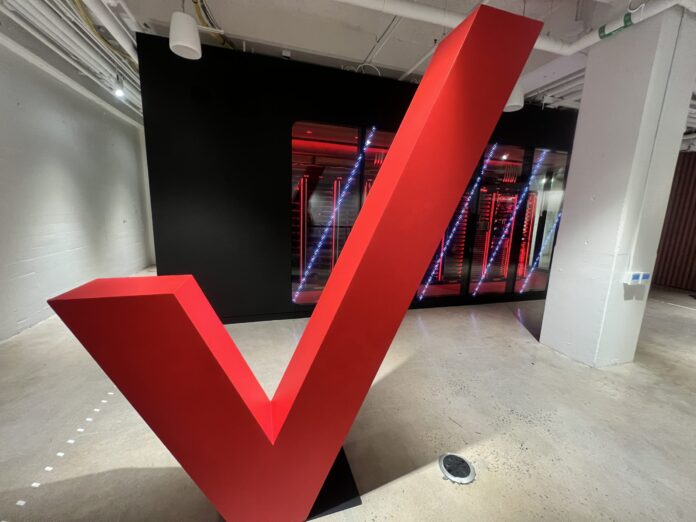Three major infrastructure efforts are wrapping up, but an ‘aggressive’ C-Band and mmWave build continues
Verizon has decentralized its national organizational structure into 18 regions and is heavily focusing on its network and market position on a local basis, executives said during an investor update on Monday, including both network optimization and local incentives and marketing.
In markets where it has turned up its C-Band spectrum, the carrier is seeing up to 10 percent points higher of premium plans compared to its other markets, as well as 8% better gross additions and 4% better churn rates. As the carrier continues its C-Band build-out, it expects to see that improved performance with consumers spread further across its geographic footprint, to boost its overall business.
Joe Russo, EVP and president of Global Networks and Technology at Verizon, said that despite laying out lower capital expenditure guidance for the year, Verizon is “continuing our aggressive build” of its C-Band and millimeter-wave spectrum. He anticipated that in the next few months, the carrier will hit its 250 million POP-target for the end of this year. Verizon is a little more than halfway done with its turn-up of C-Band on the sites that it had planned for, and is “building ahead” of the capacity that it anticipates its business segments will need to hit its growth goals, Russo said.
Subscribe now to get the daily newsletter from RCR Wireless News
Russo said that Verizon will be able to keep up a similar pace to its 2023 build, but spend less overall, because three large capital programs are wrapping up. Verizon now has more than 50% of its sites served by its own fiber; its 5G SA network is now operational and Verizon has its intelligent edge network (IEN) in place to connect its access network to its core.
This year, Russo said that his areas of focus include optimization of Verizon’s network, expanding and owning in-building access with millimeter wave and driving growth in private networks; advancing 5G capabilities, products and new use cases and capabilities; building on a “best cost” basis and turning down legacy or underutilized technologies in order to reinvest in areas of growth; and focusing on providing the best customer experience. That includes more transparency, he added.
“I don’t think it’s sufficient just to have the best network, especially in this era where we are putting so much new technology in the hands of our customers,” Russo reflected. “What we’re hearing more and more from customers is, they want to understand the network better. They want more transparency. They’re using our network more and more for critical business and personal applications. So we are on a journey to continue to enhance our transparency with customers.” That includes making sure that customers know when Verizon is doing upgrades as well as faster responsiveness when there is a problem, Russo said, and so in 2024 Verizon will be building out its systems, tools and capabilities to communicate such things through customer care and also its mobile app, as a factor in improving the customer experience.

